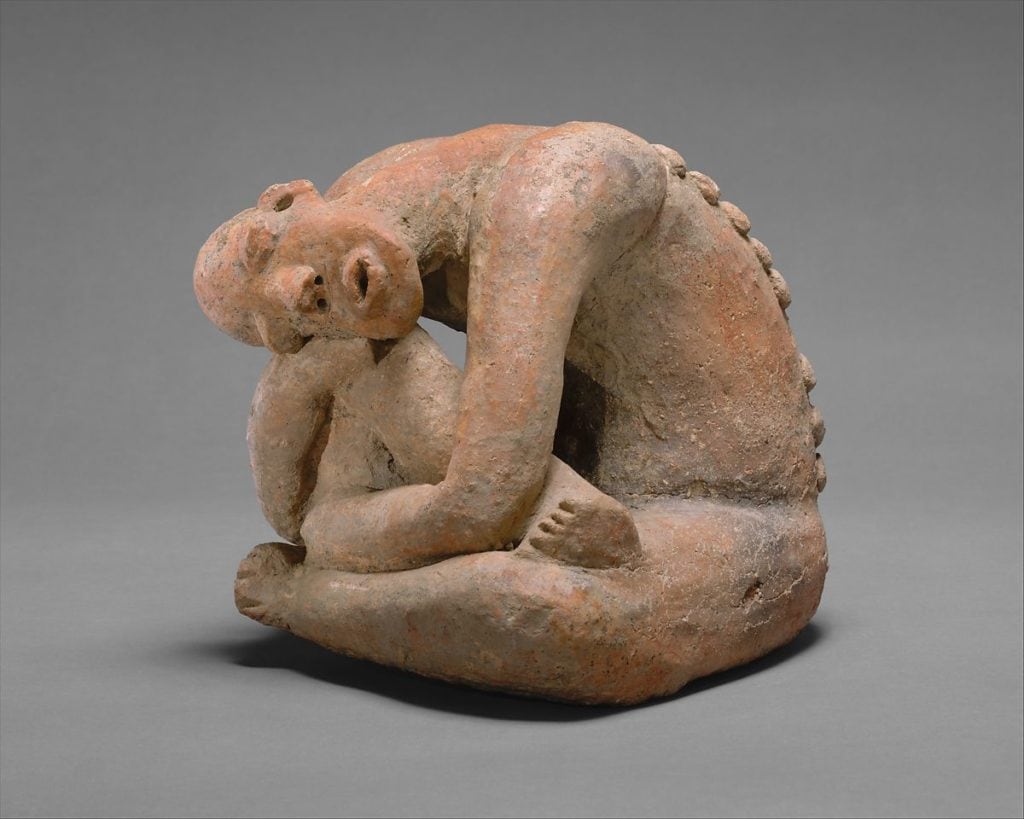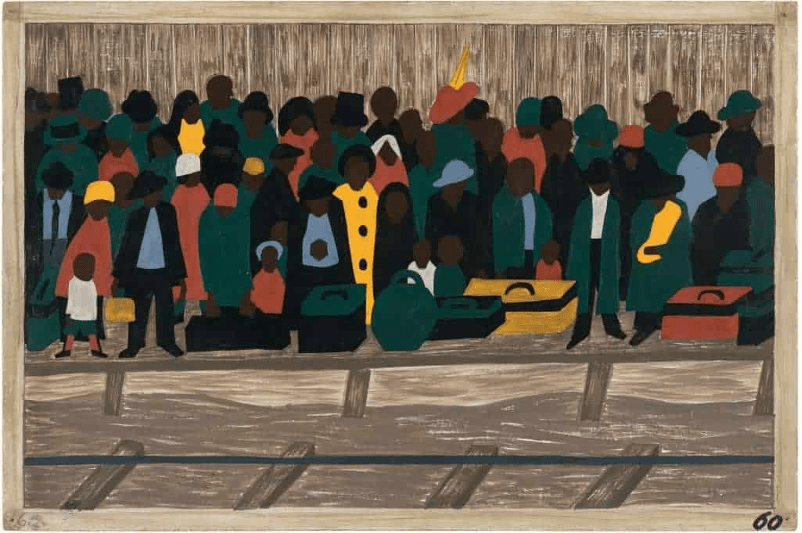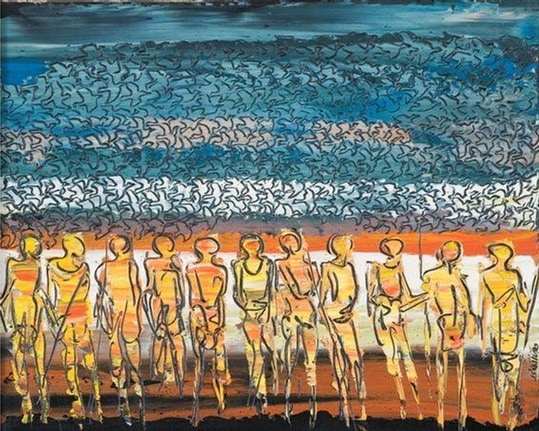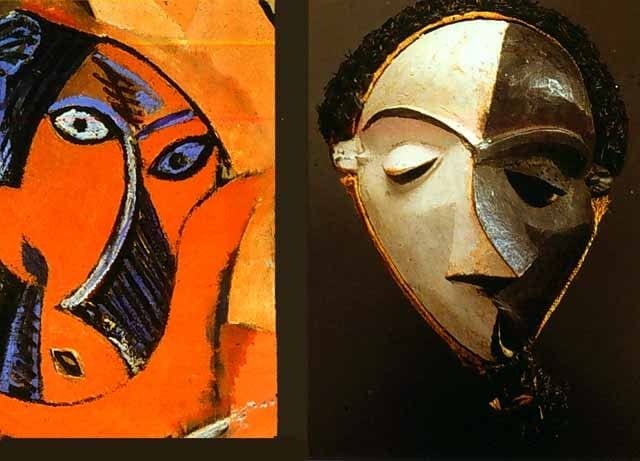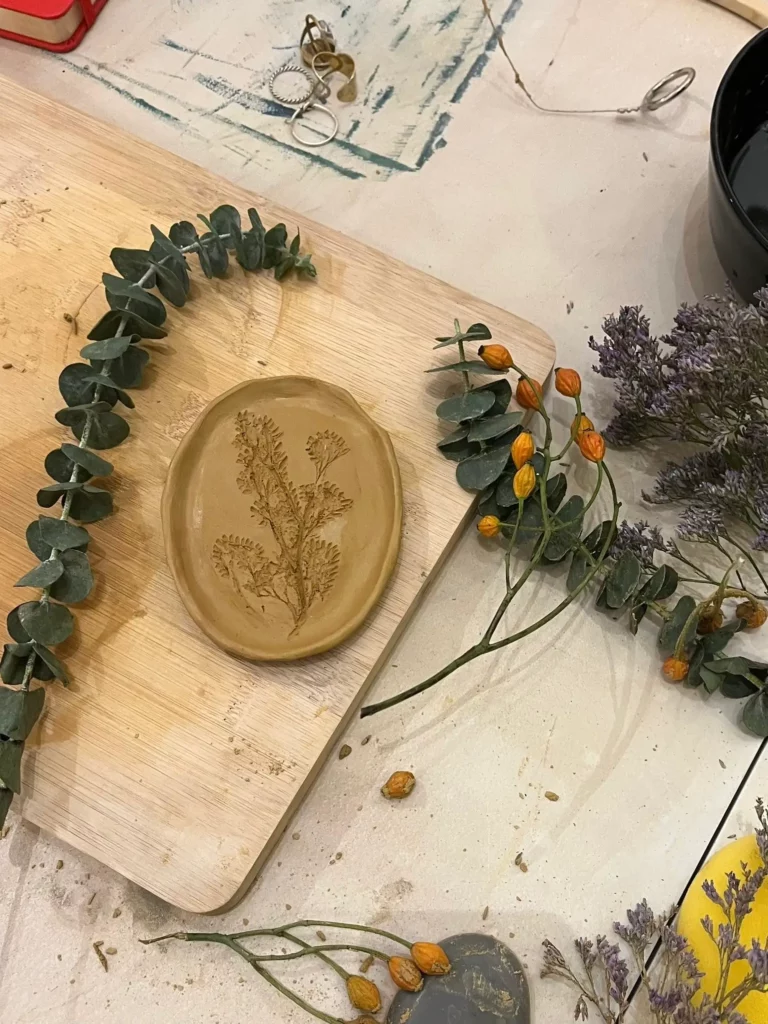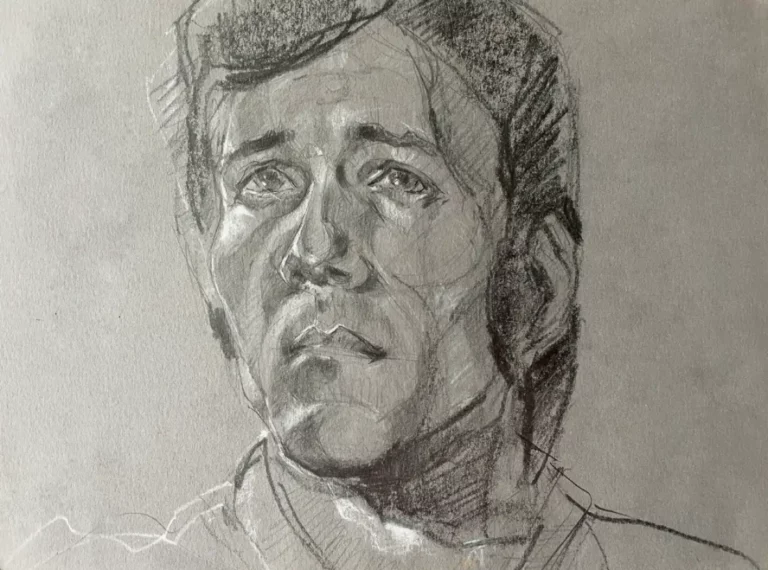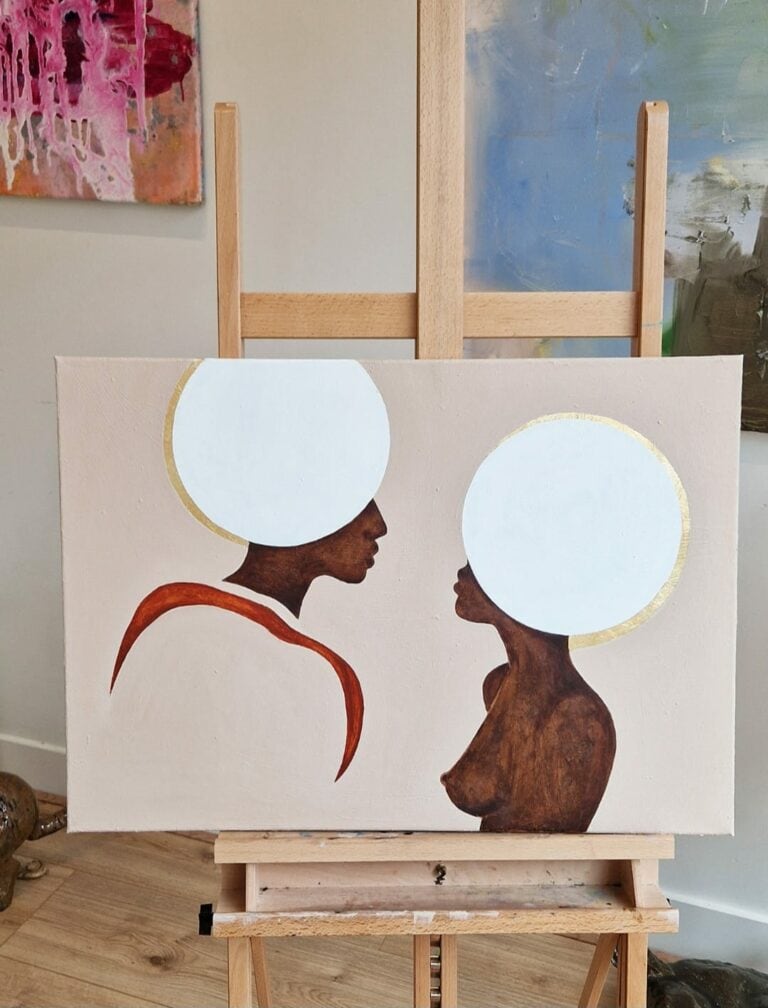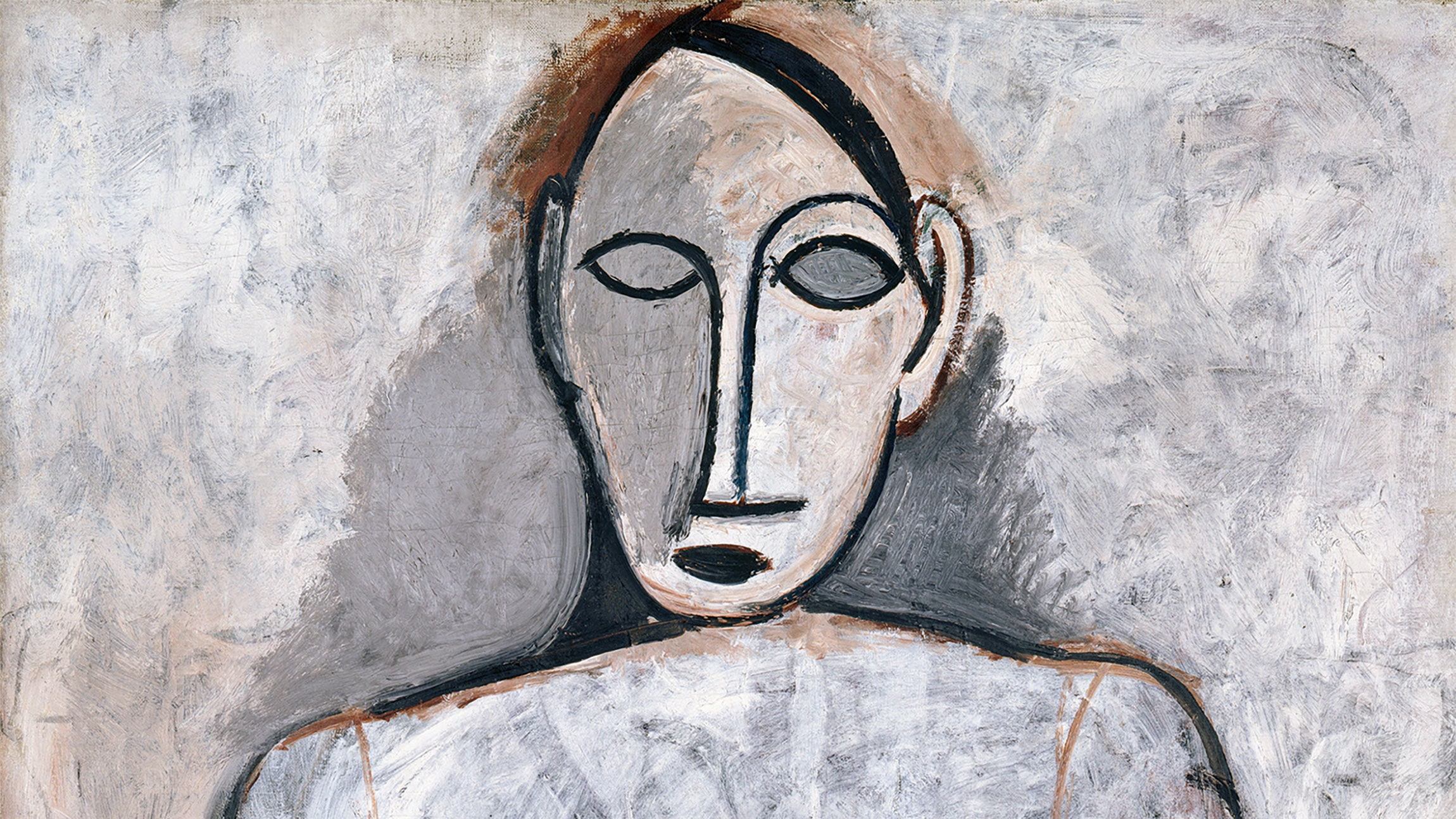
29 November 2021
African Art
It would not be an exaggeration to label as “pretentious” the attempt to write all that is African art in a single article, especially if we understand that Africa is an immense continent, whose extension is three times that of Europe. There are more than 1,300 languages and more than 5,000 indigenous groups spread over 10 ethnic groups and 90 countries. Each of these has its peculiarities and its authentic way of expressing itself in art. That is why, in this space, where we respect and admire artistic diversity, we will make it clear that the present is an approach to some generalities of visual art from Africa. With this, we hope to motivate the avid reader and genuine art lover to continue delving into African Art.
The encomienda becomes even more cumbersome because, under Western methodology and theory, which is ultimately the hegemonic, African art has been less explored than that of other regions. Explaining this phenomenon under Eurocentric thought and its concept of “fine arts” has led many writings to limit themselves to talking only about some elements. These elements are the popular masks, figurative sculptures, and the colors and shades that repeatedly appear in African art.
We must understand that this particular situation results from applying the notions of aesthetics and “collectible” established by Western standards. Under these precepts – as is the case with much of the art of other geographies – some authorities would consider textiles, ceramics, wall paintings, rocks, and skins, as “handicrafts.” However, this classification has nothing to do with the very content of what is art for Africans.
Tradition and interest in African Art
Once the intuitive differences between the various ethnic groups in Africa have been clarified, there are significant influences and cultural connections between the north and south of the continent. This makes it possible to detect behaviors and expressions that distinguish and give identity to African art. On the other hand, various circumstantial factors have led to a large part of the artistic manifestations and styles native to this area still retaining their traditional character and quality today.
In 1482 the Portuguese arrived at the Congo River. However, it was not until the 20th century that European expeditionary began to export African art pieces for their museums. From this moment, African art began to awaken the interest of artists and other institutions linked to intellectuality and the knowledge economy. Avant-garde artists such as Pablo Picasso and Georges Braque founded Cubism, a visual arts movement directly inspired by African aesthetics. At the same time, other American artists such as Meta Warrick Fuller, Martin Puryear, and Renée Stout exhibited in the elites of the art system works of art of marked African influences.
Terracotta seated figure from Mali; 13th century
The concept of “tribe” within African culture
There is a tendency that can sometimes be confusing when classifying the different types of African art. That is, relating the styles to the names of the tribes, for example, Dinka, Karo, or Mursi art. The fact is that the concept of the tribe itself is not precise and infallible since the criteria for classifying a group are variable. Sometimes it may be because they speak the same language, other times because of their political organization. These paradigms represent an external view of Africa. Meanwhile, for the Africans themselves, their sense of identity implies other variables such as the relationships and systems that they build on religion, subsistence activities, the recognition of a chief, or specific rules of coexistence.
All these characteristics, known as “ethnic identity,” do not exist as a unique formula that establishes what factors determine affiliation for Africans themselves. Within all this, art plays a significant role. The strategic socio-political organizations established by colonialism do not serve to interpret and decode the stylistic diversity of Africa and the content of its artistic expressions. In this way, we can find particular objects representing regions of greater or lesser populations or periods. Meanwhile, we should not take the tribal nomenclature when identifying an African artistic style, literally as representative of the category it describes ethnologically.
Criteria on the evaluation and analysis of African art
To understand African art in our language, in the Encyclopedia Britannica we will find four variables that will allow us To understand African art in our language, in the Encyclopedia Britannica, we will find four variables that will allow us to detect distinctive stylistic patterns. The first considers the geographic difference as the main factor that favors two human groups, under similar conditions, having different projections. Second is technology and access to and handling of certain raw materials. The third lies in the ability to recognize an African artwork, since sometimes, if a “specialist” is not familiar with the culture, he can overlook specific artistic creations. Finally, we will have the institutions as sponsors and art managers in a community. In this way, we understand that a straightforward and conventional methodology does not apply to analyzing African art’s stylistic complexity.
What is African Art
In our context, the African Art category includes all visual arts production, historical and modern, authored by the natives of the African continent. Also considered are those manifestations resulting from the African diaspora, located mainly in the United States, the Caribbean, and South America. In them, we can distinguish marked features of African traditions. This allows us to have an integrative vision of African visual aesthetics in the course of human history.
Jacob Lawrence, The Migration Series. 1940-41. Panel 60: And the Migrants Kept Coming
Paradoxically, when we talk about African art, it does not usually refer to those productions from North Africa closest to the Mediterranean. The above has to do with cultural and religious factors. These two elements largely determine the characteristics and functions of the art of this continent. Despite the great differences between the various areas of the African continent, we can distinguish some qualities repeated insistently in visual art throughout the region. It is an art with a functional, practical character linked to religion or community ideology. By tendency, it is a highly symbolist art.
Before the colonization process, the vast majority of African peoples were animists. This means that they believed that all-natural beings and phenomena possessed a soul and will, even after their physical extinction on earth. So, it is common to find that their sculptures and masks have divine meanings in African cultural practices. Many times the Africans consider them as the “habitat” of the ancestral spirits and deities. If we talk about predominant stylistic features, we must mention symmetry as a characteristic of his visual compositions. It is also common to find that Africans give more relevance to the head and torso in the sculptures that represent human figures. Instead, the legs are described with minor detail than the rest of the body.
African Art History
There is scientific evidence of pigments in the African continent since the very consolidation of humanity, more than 300,000 years ago. There are also samples of paintings made under complex processes that date back approximately 100,000 years of age. Similarly, African cave paintings and engravings have been found in the Sahara area, belonging to the Neolithic period.
In tracing the trajectory of African art, one can distinguish certain related behaviors in terms of art, conditioned by the particularities of the socio-economic organization of the region. Thus, from the south of the Sahara to the southern savannas, an area of religious culture, the main artistic manifestations are linked to the field of personal adornment. Rock art is of great importance in this area, where animal motifs predominate. On the other hand, in the agricultural peoples of Central and West Africa, the trend towards sculpture as a favorite artistic expression is notable.
Some museums preserve ceramic sculptures from the Nok culture of Nigeria, which are more than 500 years old. Let us also remember that Egyptian culture, one of the most relevant within the continent, had been developing incredible architecture, painting, sculpture, and other artistic objects, since 2700 BC.
Male Figure, c 195BC – AD205. Nok
Characteristics of African Art
We will focus on distinguishing peculiarities, assuming that, as a human expression, at last, art throughout the world will have similar meanings but different ways of conducting said utilities. We also distinguish between what Africans and Westerners consider as aesthetic values. So, the works of African art have a marked symbolist and functional character, from entertainment, ideological, political, and religious meanings. There is also art with an aesthetic value per se and one where artists combine several of these factors.
Within the art linked to religion, the manifestations represent the community’s character. In this context, two basic expressions stand out: fetishes and masks. Fetishes are objects to which some ethnic districts assign supernatural powers and spiritual will. Masks are used to attract and capture the magical energy of spirits and deities. In African rituals and ceremonies, it is common to find a distinguished use of various pieces of high aesthetic elaboration.
Another distinctive feature is the complex relationships between sculpture and the environment within African art. From abstract representations of animals and diverse vegetation to interpretations of extreme stylization, nature is a constant theme in the culture of Africa. Correspondingly, wood will be one of the favorite materials, and then different metals such as iron, bronze, and gold. Unlike the evolution of the concept of art that occurred in the Western world, it does not happen in the same way in Africa. Here, it is difficult to find the notion of art linked to creations that do not imply “skill” or “technical mastery.”
Innovation and evolution of African Art
However, this is not to say that there is no expressive individualism or interest in innovation within the African artistic tradition. Many African artists show a keen interest in exploring the compositional balance between the figurative and the abstract. In sculpture and body adornments, we will find greater variety and inventive wealth, as a general rule. On the other hand, it is essential to note that art is conceived as an expression where various manifestations converge in many activities. Just as theater, in its concept, mixes music, dance, scenery, clothing, and makeup, in African art, these integrationist concepts are also handled to give meaning.
As for painting, it was not until the middle of the 20th century that we could recognize African pictorial works as an autonomous genre, separated from decoration. With the independence of several countries, various schools and artistic movements began to emerge in Africa that led to the rise and expansion of African art. In each region, we appreciate the versatility of artistic trends, passing through nationalism, ethnicism, or subscribed to the socio-political, historical context.
African Figures and Birds – Walter Battiss
Themes and Styles within African Art
We will begin by mentioning the emphasis on the human figure, which was undoubtedly the one that later influenced contemporary Western and Anglo-Saxon artists. The so-called “colon statues” stand out, a genre of figurative wood sculpture. Thomas Ona Modulate is a Nigerian artist who exhibits his statuettes of settlers in museums in the United States and Europe. In addition to animalism and nature, another recurring theme within African art is fertility, closely linked to its representation in female figures and couples.
As we have mentioned previously, religious events are generators of much of African art. Within these, death takes center stage since there is a close link between the world of the living and the dead for many African communities. In spirituality, the figure of Nganga appears as a character. The Nganga characters act as healers and spiritual guides in the tribes. These also have the task of granting healing and magical powers to the sculptures.
Mask societies are one of the most demanding and generating institutions of African art. Remarkably, it is generally men who must use these fetishes. Along with the masks, other prestigious objects are seats, canes, fabrics, and musical instruments. As a style, abstraction has its own identity within African artistic manifestations. The volume, certain canons of proportion, and the tendency to geometrize are the most notable features distinguishing art from this continent. Consequently, these parameters are the ones that have most influenced European Expressionism.
Contemporary African art
There is a phenomenon of great interest within African culture where, due to various socio-political and economic factors, many regions actively preserve their ancient traditions. This allows innovations and conservatisms to coexist balanced across the continent today. In turn, modernity and the development of the communication system allow African art to spread internationally. Its presence has become even more notable in recent decades.
In contemporary African architecture and decoration, motifs associated with religious influences continue to exist repeatedly. Thus, in the north, there are expressions with significant features of Islamic culture. On the other hand, other contemporary African artists adopt Christian themes in their creations. George Lilanga is one of the names of African artists who managed to enter the international art circuit.
The art system in Africa has been expanding its dynamics. Banks, commercial establishments, government institutions, and tourism are essential sources for African artists and art patronage. Prestigious international museums and galleries include the art of this continent in their collections. This event further favors the cultural development of the region. However, even African creators find certain reluctance and difficulties in the market, as their art is still valued at times under Western stigmas and standards.
Within contemporary art that develops on the African continent, we can mention the most widespread trends of pop art, advertising art, and Minimalist African art. These styles include all kinds of genres: sculpture, painting, pottery, rock art, textiles, masks, personal decoration, and jewelry. Many African artists study in European and Anglo-Saxon academies, and these schools are increasingly spreading within the continent. This has facilitated the emergence of a neo-traditional movement within African visual arts. Teachers seek to teach pictorial techniques without affecting African artists’ identity and autochthonous expressiveness.
Influence of African art on universal contemporary art
The Western elite used to consider African art as “primitive.” They conferred a pejorative charge to the way of appreciating the artistic manifestations of the continent. During the 20th century, some historians such as Carl Einstein, Michal Sobeski, and Leo Frobenius began to spread their studies on African culture. From this moment, the artworks from this region begin to gain aesthetic interest for Western artists. They are no longer only appreciated as ethnological objects.
In general, the 20th century was highlighted by that spirit of questioning established standards. This attitude undoubtedly led Western intellectuals to begin to look towards other manifestations and cultures. In this context, African art proposed a form of organization and visual aesthetics inspired by science and rational and deliberate thought. Many of its artistic expressions stood out for the spontaneous quality of emerging from supernatural experiences, imagination, and mystical emotionality.
Artists such as Paul Gauguin, Pablo Picasso, Georges Braque, André Derain, Henri Matisse, Joseph Csaky, and Amedeo Modigliani found in the art developed in Africa works of great expressive force. These pieces of art attracted for their sophisticated and novel compositions, according to the modern and avid thinking of 20th-century artists. The influence exerted by the aesthetics and argument of African art came to inspire and enrich abstract experimentation and interest in the subjectivity of the human psyche. These themes highlighted contemporary art, which proposed narratives linked to concepts, ideologies, and philosophical reflections. One who sought to express himself in compositions that challenged the paradigms of traditional Western art.
Pablo Picasso motive / African Mask
Reflections on the value of African art
Under the philosophy of the value and autonomy for a long time of art as an aesthetic maniong time, the Western art system undervalued African artistic production. This was the result of the limited belief that African art, being linked mainly to a practical and religious function, would not, in turn, have the quality of producing aesthetic pleasure. The formation of cultures is a rather complex process that should not subscribe to a single thought or study methodology. Many times we forget that said theory is alien to the system that it is intended to analyze.
African art is also a historical, philosophical, religious, and sociological source of the culture it represents. It speaks of the peculiarity of the human beings who conceive it and the diversity that enriches humanity as a group with similar behaviors. On the other hand, the African diaspora has generated an artistic body where other influences converge that need to be seen from their particularities. In turn, the art from this generation develops under its dynamics and tells us another story, which would be well worth telling in another article.
Related Posts
Art Events
Bloom into Spring with our Flower Press Ceramics Workshop
Discover the beauty of flower-pressed ceramics in this hands-on workshop! Over two captivating hours, you'll learn to create a unique hand-built plate using dried blooms and other natural elements. Whether you're a beginner or seasoned artist, Lorena will guide you step-by-step as you explore this enchanting decorative technique.
Art Events
Portrait Drawing Masterclass: explore lines, shapes and expression
I’ll guide you through some basics of creating a portrait using pencil and some other additional materials. What is really important for you to learn is to observe and pay attention while drawing someone’s portrait. As an academically trained painter I spent countless hours improving my portrait drawing skills, which I will be very happy to share with you. Knowledge has no meaning, if it’s no shared.
Art
That’s Life – Annet van Belkom
In her newest series, That’s Life, Annet draws inspiration from the song ‘That’s Life’ by ‘Scorz’ to express the idea of life happening in cycles. The introduction of the electronic music track is accompanied by a beautiful story about life and reflects on the idea of who we are as humans and the continuity of […]




